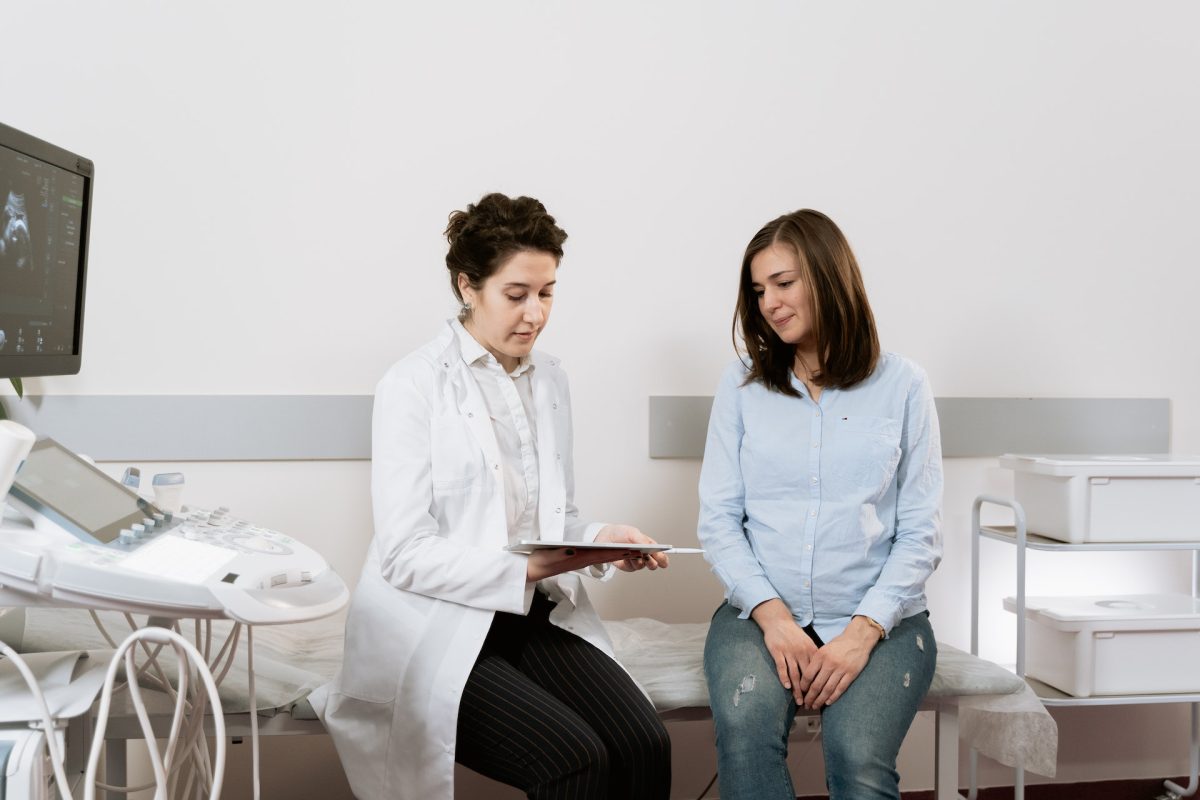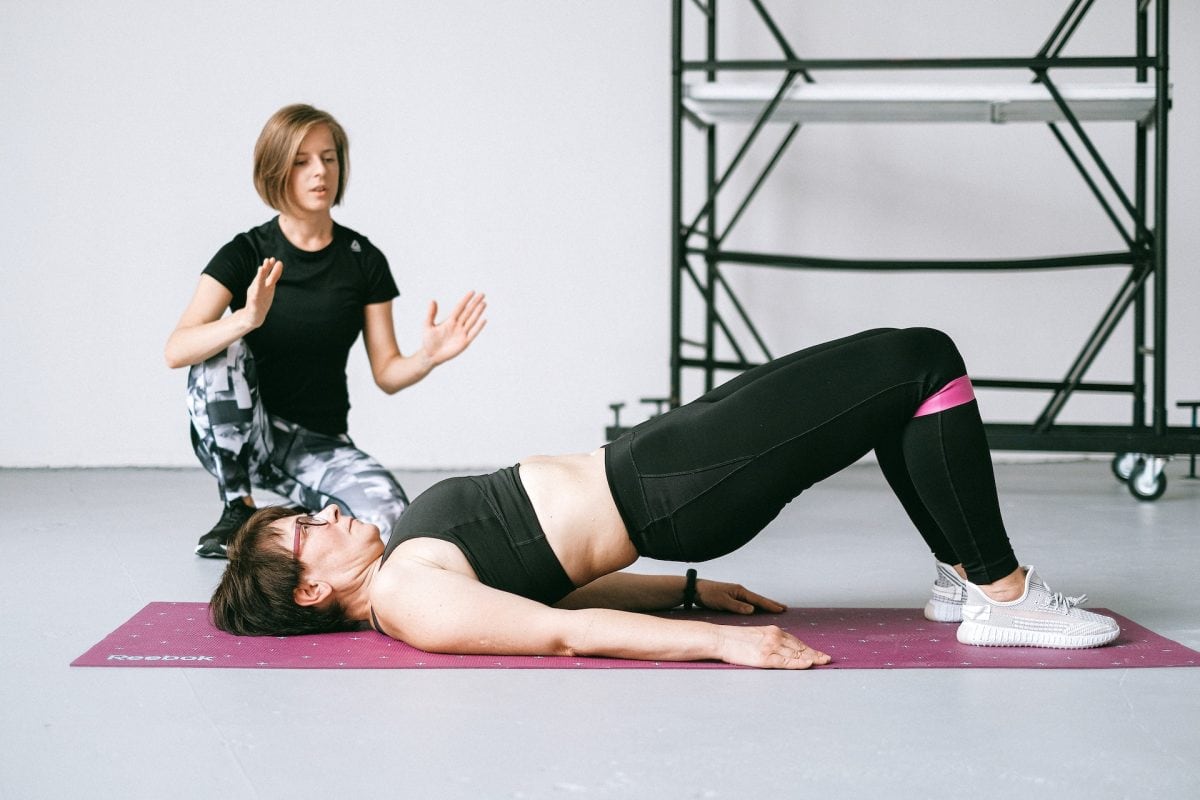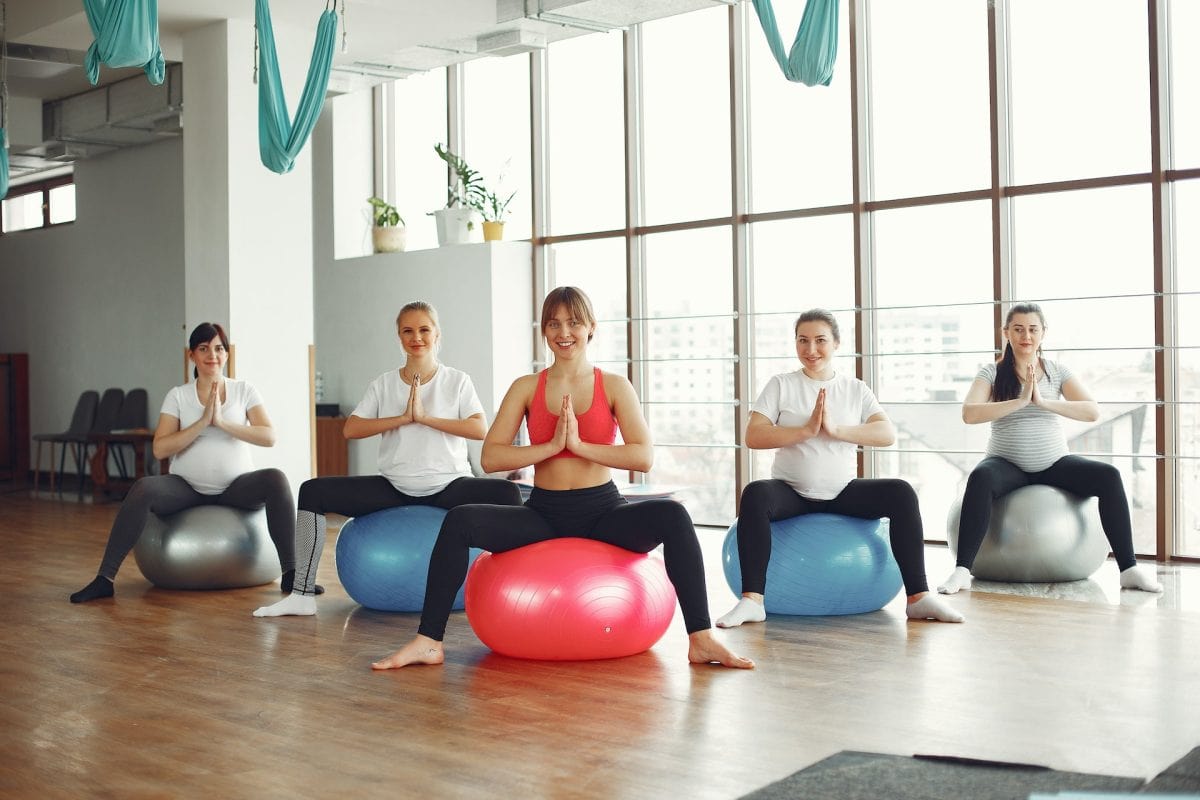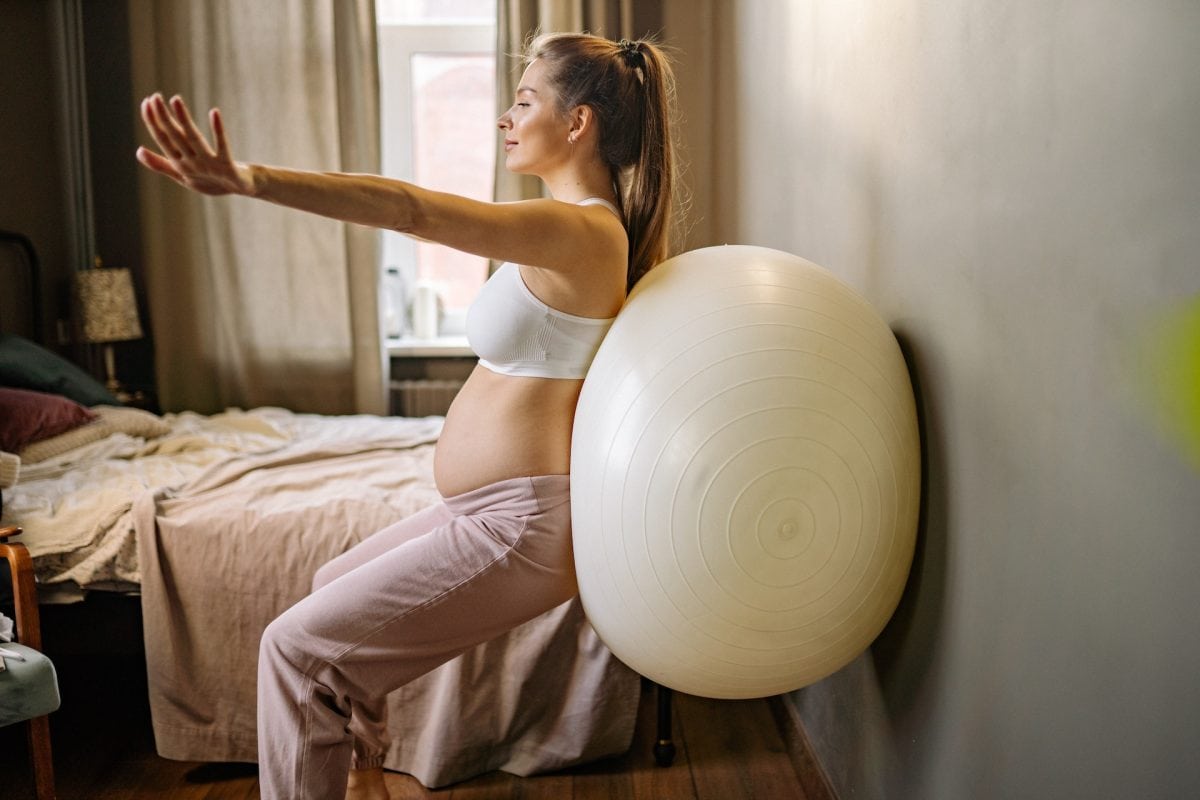Staying active during pregnancy benefits both the mother and the child, and it’s equally important to maintain fitness post-delivery. Since the body undergoes significant changes during these phases, exercise and a healthy diet are vital.
This article underscores the significance of safe and effective exercise during pregnancy and postpartum. It highlights critical principles for both stages. Seeking medical approval and opting for low-impact exercises is advisable to ensure the well-being of the expectant mother and the growing baby.
The guide also promotes emotional well-being and individualised approaches.
What should you know about Pre- and Postnatal fitness?
Pre-Pregnancy Planning
If you’re planning to become pregnant, it’s beneficial to establish a fitness foundation before conceiving. Being in good physical condition can support a healthier pregnancy and make it easier to maintain an active lifestyle during gestation.
Consult with Healthcare Providers
Before starting or continuing any exercise routine, consult your obstetrician or midwife, and seek guidance from a qualified fitness professional. They can assess your health status and provide recommendations, addressing any concerns about exercise and pregnancy early on.
Safe Exercise Choices
During pregnancy, opt for low-impact, low-risk activities that are gentle on the body and reduce the risk of falls or trauma. Suitable exercises include walking, swimming, and prenatal yoga. Modified strength training and pelvic floor exercises (Kegels) are also recommended.
Prenatal Fitness Benefits
Regular prenatal fitness activities can improve cardiovascular health, reduce pregnancy discomfort, promote better sleep, boost mood, and prepare the body for childbirth.
Postpartum Recovery
After childbirth, it’s crucial to focus on rest and gradually reintroduce exercise. The postpartum period is a time for healing and recovery, with an emphasis on pelvic floor rehabilitation and core strength exercises.
Diastasis Recti
Abdominal muscle separation (diastasis recti) is a concern during pregnancy. Specific exercises can aid in healing, but it’s necessary to avoid activities that strain the abdominal area until it has fully recovered.
Pelvic Floor Health
The pelvic floor muscles are vulnerable during pregnancy and childbirth, so postpartum fitness should include exercises to strengthen these muscles. This can help prevent urinary incontinence and promote postpartum recovery.
Mental and Emotional Well-Being
Pre- and postnatal fitness can have a positive impact on mental health by reducing stress, anxiety, and symptoms of postpartum depression. It should be incorporated into a self-care routine to support overall well-being.
Individualised Approach
Every pregnancy and postpartum experience is unique. Therefore, adopting a personalised fitness approach that aligns with individual body needs and comfort levels is essential.
Adaptation and Flexibility
It’s important to be open to adapting your exercise routine as your body changes during pregnancy and postpartum. Listen to your body, modify exercises when necessary, and avoid overexertion.
Supportive Community
Joining prenatal and postnatal fitness classes or online communities is encouraged. It allows you to connect with other expectant and new mothers, share experiences, and receive support and encouragement.
Developing Exercise Programmes for Each Trimester and Postpartum Recovery
To plan exercise programmes for each trimester of pregnancy and postpartum recovery, a thorough understanding of the physiological changes during these stages is essential.
Exercise Programmes for Each Trimester of Pregnancy
First Trimester (Weeks 1-13):
- Focus on maintaining fitness and adapting to pregnancy changes.
- Choose low-impact activities like walking, swimming, and prenatal yoga.
- Modify core exercises to avoid lying flat on the back after the first trimester.
- Emphasise pelvic floor exercises (Kegels) for pelvic muscle strength.
- Listen to your body and avoid overexertion.
Second Trimester (Weeks 14-27):
- Continue low-impact exercises, gradually increasing intensity if appropriate.
- Consider incorporating modified strength training exercises for joint stability.
- Pay attention to balance and avoid high-risk activities.
- Practise breathing techniques for relaxation.
- Engage in exercises targeting core and pelvic floor muscles.
Third Trimester (Weeks 28-40):
- Stick to low-impact activities as the body’s centre of gravity shifts.
- Avoid taxing abdominal and pelvic floor exercises.
- Focus on maintaining flexibility and practising deep breathing techniques for relaxation.
- Incorporate exercises for labour preparation, such as squats and pelvic tilts.
- Adjust exercises as needed and seek professional guidance for specific movements.
Postpartum Recuperation
Early Postpartum (Weeks 1-6):
- Prioritise rest and recovery during this phase.
- Begin with gentle pelvic floor exercises and gradually increase intensity as your body heals.
- Focus on restoring core strength through transverse abdominal exercises.
- Avoid high-impact or intense exercises until cleared by a healthcare provider.
Mid to Late Postpartum (Weeks 6-12+):
- Gradually reintroduce more exercises, paying attention to your body’s response.
- Engage in pelvic floor and core exercises regularly for postpartum recovery.
- Consider incorporating light resistance training for strength and muscle tone.
- Include flexibility exercises to reduce postpartum stiffness and enhance range of motion.
General Considerations for Both Stages
Individualisation
Tailor exercise programmes to individual fitness levels, preferences, and medical considerations.
Safety First
Prioritise safety and listen to your body, avoiding exercises that cause discomfort, pain, or instability.
Professional Guidance
Consult with a certified prenatal and postnatal fitness specialist and a physical therapist for personalised programmes.
Hydration and Nutrition
Ensure adequate hydration and nourishment to support exercise and postpartum recovery.
Adaptation
Be flexible and willing to adapt your programme as your body changes during pregnancy and postpartum.
Supportive Community
Join prenatal and postnatal fitness classes or online communities for connection and encouragement.
Everyday Worries During Prenatal and Postnatal Fitness
Safety Concerns
Many expectant and new mothers worry about the safety of exercising during pregnancy and after childbirth. Stress the importance of consulting healthcare providers for personalised guidance.
Fear of Harm to the Baby
Concerns about potential harm to the developing baby during exercise are common. Reassure that women exercising under appropriate guidance are generally safe and that exercise can have positive effects on both mother and baby.
Physical Changes and Limitations
The physical body undergoes dramatic changes during pregnancy and after delivery, leading to worries about the impact on fitness routines. Encourage a flexible and adaptive approach to exercise, focusing on safe and comfortable movements.
Diastasis Recti and Core Weakness
Some pregnant women worry about diastasis recti, the separation of abdominal muscles. Provide education on appropriate core exercises that help heal separation and strengthen abdominal muscles without strain.
Postpartum Recovery
Postpartum recovery and safely returning to exercise are common concerns. Emphasise gradual postpartum exercise, with a focus on pelvic floor and core rehabilitation.
Judgement and Comparison
Women may worry about judgement or comparison with others during prenatal or postnatal fitness classes. Promote a supportive and non-judgemental environment where concerns can be openly discussed.
Emotional Well-Being
Exercise is a valuable tool for reducing stress, anxiety, and symptoms of postpartum depression. Encourage the use of fitness as part of a self-care routine to support well-being.
Personalisation and Individualisation
Emphasise that every pregnancy and postpartum experience is unique, requiring a personalised fitness approach tailored to individual needs and comfort levels.
Body Image
Address concerns about body image by focusing on the strength and capabilities of the body and the positive impact of exercise on overall well-being.
Postpartum Anxiety or Depression
Women experiencing postpartum depression or anxiety may find it challenging to stay motivated to exercise. Highlight the benefits of exercise in reducing these symptoms and suggest finding a workout partner or support group for motivation.
Limited time
Finding time for exercise during pregnancy and postpartum, especially with a new baby, can be difficult. Encourage short, frequent exercise sessions and incorporating physical activity into daily routines.
Low energy or weariness
Low energy levels during pregnancy and postpartum can make exercise challenging. Stress the energising effects of regular exercise and suggest starting with gentle activities and gradually increasing intensity.
How can you find help and resources for pre and postnatal fitness?
Healthcare Providers
Begin by consulting with obstetricians, midwives, or healthcare providers for personalised guidance.
Certified Prenatal and Postnatal Fitness Specialists
Seek the expertise of fitness professionals trained in working with expectant and new mothers to design personalised exercise programmes.
Postpartum Support Groups
Join support groups or community gatherings for new mothers, which may include discussions on postpartum fitness.
Prenatal and Postnatal Fitness Classes
Explore specialised fitness classes designed for pregnant women and new mothers offered at gyms and fitness centres.
Online Resources and Forums
Utilise websites and online platforms that provide information, exercise routines, and virtual communities for expectant and new mothers.
Books and Publications
Refer to reputable books authored by certified prenatal and postnatal fitness experts for comprehensive guidance.
Professional Organisations
Check professional organisations such as the American College of Obstetricians and Gynaecologists (ACOG) and the American College of Sports Medicine (ACSM) for informative materials and directories of certified specialists.
Social Media
Follow reputable fitness professionals and organisations on social media platforms for expert tips, demonstrations, and evidence-based information.
Physical Therapy Services
Consider seeking the help of specialists in pelvic floor rehabilitation for personalised exercises during postpartum recovery.
Local Community Centers
Check local community centres or recreation facilities for prenatal and postnatal fitness classes or workshops.
Conclusion
A healthy pregnancy and postpartum recovery depend on pre and postnatal fitness. Exercising safely, adapting to changing needs, and seeking guidance and support are essential. With the right approach, prenatal and postnatal fitness can promote health and well-being for both mother and baby, setting a positive example for the entire family.










